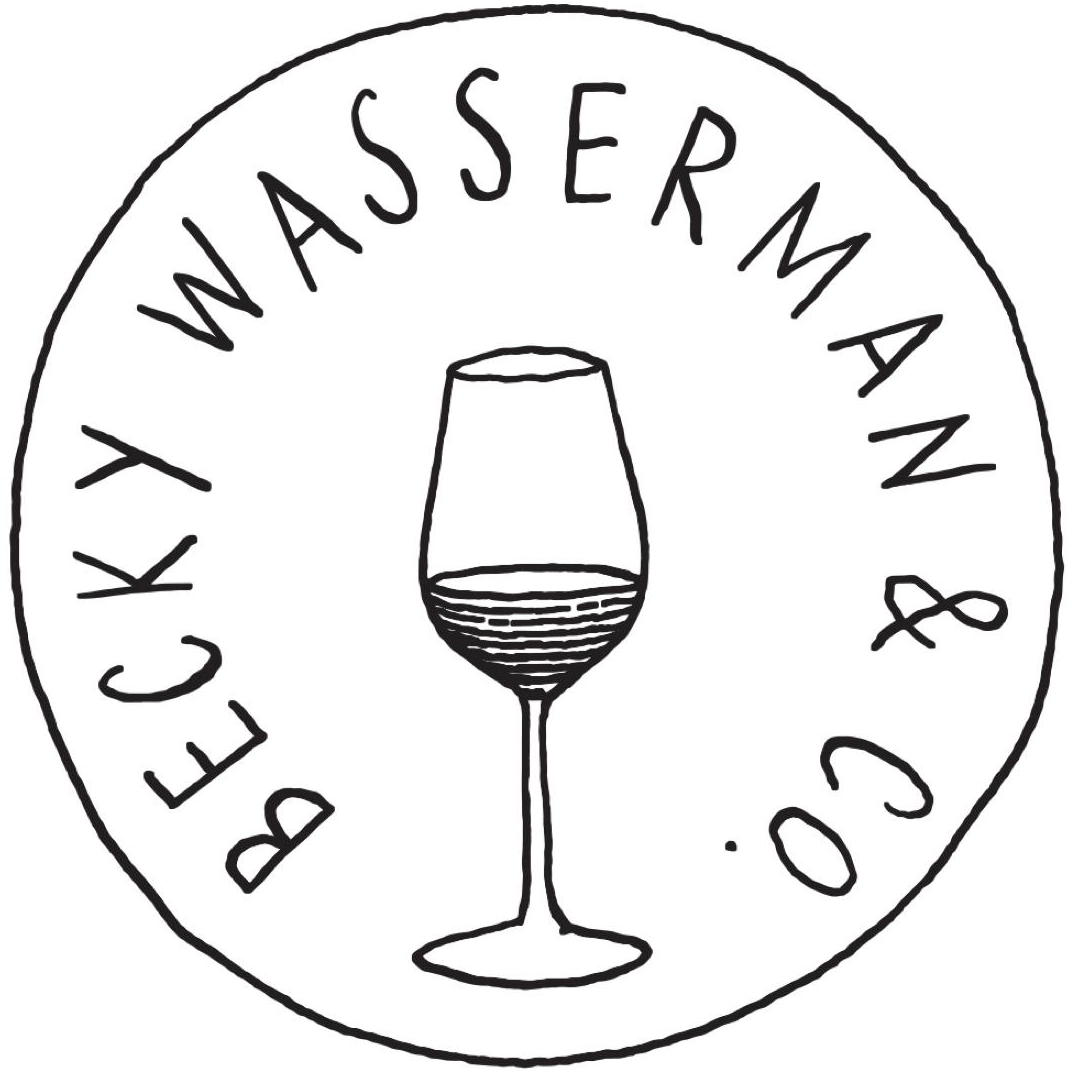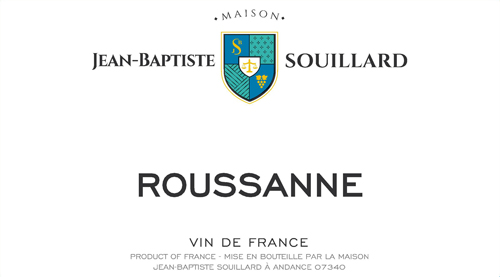Roussanne
At a Glance
- Size: 0.40 ha (0.99 ac)
- Variety: Roussanne
- Vine Age: Planted in the early 1970s and 2000s
- Terroir: Southern Ardèche, on a steep, east-facing slope, 380-450 m elevation, granite and sandstone.
- Viticulture: Sustainable
- Vinification: Ambient yeast fermentation, settled for 24 hours, aged for 13-18 months used barrels, fining or filtration only if necessary, SO2 added during vinification and adjusted after if needed.
Additional Info
Jean-Baptiste: “Comes from the Ardèche, near Pont d’Arc. The Rhône is at 100 meters altitude, then there is a plateau at 200 meters, and then there are more hills. There are few vineyards on those hills, but I went for the highest I could find, more than 300 meters. And I wanted granite. Roussanne is complicated. Its plateau of maturity is very short. In 48 hours it can go from 12 to 14 degrees. At 14, you get heaviness. So the idea is to pick just before the grapes fully roussissent (redden), to have maturity yet keep freshness. It’s a difficult compromise to achieve. I had great acidities before malo [for the Rhône], pHs of 3.3/3.4. Roussanne quickly gets honeyed. Here we’re just at the limit, at the beginning of honey. And there was a lot of citrus at the beginning of élevage. But citrus in our region? Dream on.”
Paul Wasserman: “2014 Vintage: The nose is very expressive, not stupid primary, but in your face. It’s almost like Muscat, not in the exact aromatic profile, but in its innocent/happy extroversion and aromas the color of pop art. Floral —principally violets; a French strawberry-flavored candy called fraise tagada; old wood. And just like with a dry Muscat, the palate is nothing like the nose. It is fresh, and light for Roussanne. It has that granitic handbrake of minerality and salinity. And there is a hint of noble bitterness, a welcome good-herbaceous. The combo is refreshingly more Alto Adige than it is Northern Rhône.”
Wines
-
White
-
Rosé
-
Red

